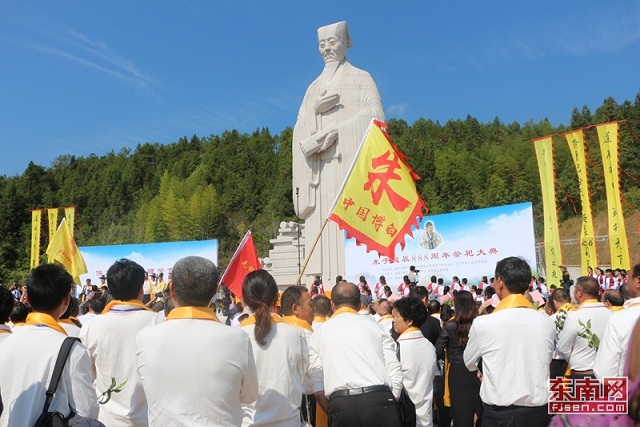·非遗百问·
14.非物质文化遗产与文化景观遗产的关系是什么?
答:文化景观遗产是 1992年在联合国教科文组织第 16届世界遗产大会上提出来的概念。作为“自然与人类的共同作品”,文化景观遗产包括了“由人类有意设计和建筑的景观”“有机进化的景观”和“关联性文化景观”三种类型。
“有机进化的景观”主要是自然景观,不属于非物质文化遗产的范围。“由人类有意设计和建筑的景观”和“关联性文化景观”中既有景观价值,又体现着独创性和创造技艺的部分才属于非物质文化遗产,如菲律宾安第斯山上的稻米梯田、英国的布莱那维工业景观等。
Q14. What is the difference between intangible cultural heritage and cultural landscape heritage?
Answer: Cultural landscape as a concept was raised by UNESCO at the 16th Session of World Heritage Committee in 1992. It records that cultural landscapes represent the “combined works of nature and of man” and they consist of “landscape designed and created intentionally by man”, “organically evolved landscape” and “associative cultural landscape”. “Organically evolved landscape” is primarily natural landscape which does not fall into the category of intangible cultural heritage. Only a small part of “landscape designed and created intentionally by man” and “associative cultural landscape” which simultaneously has landscape value and reflects ingenuity and creative skills belongs to intangible cultural heritage. Rice Terraces of the Philippine Cordilleras and Blaenavon Industrial Landscape of the UK are such examples.

建盏(南平)
(图片来源于东南网,如有侵权请联系删除)


